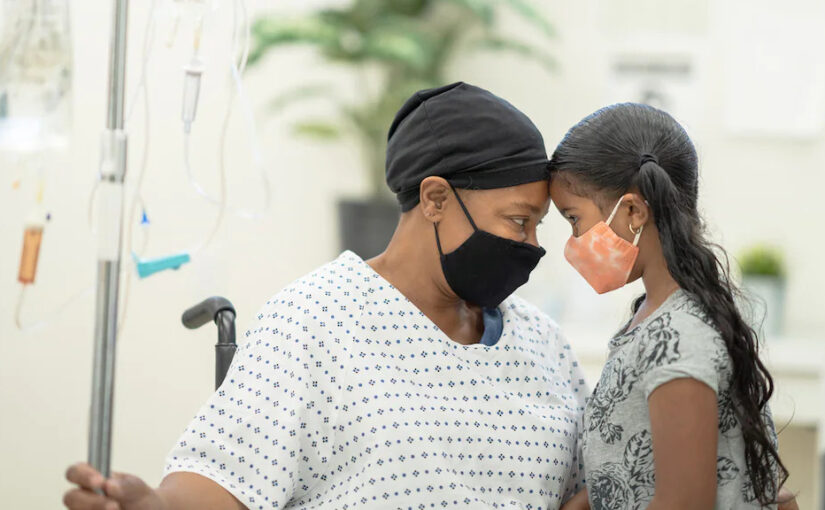By Mike Bassett
Dampened responses seen in those with hematological malignancies, however patients with cancer who were vaccinated against COVID-19 achieved high seroconversion rates, a single-center study found.
The rate of seroconversion was especially high among patients with solid tumors (98%). However, patients with hematological malignancies achieved lower rates (85%), particularly those who had undergone highly immunosuppressive therapies, reported Balazs Halmos, MD, MS, of Montefiore Medical Center in New York City, and colleagues.
Patients with hematological malignancies also showed significantly lower titer levels compared to solid tumor patients and non-cancer controls, according to the findings in Cancer Cell.
Patients with cancer who were vaccinated against COVID-19 achieved high seroconversion rates, a single-center study found.
The rate of seroconversion was especially high among patients with solid tumors (98%). However, patients with hematological malignancies achieved lower rates (85%), particularly those who had undergone highly immunosuppressive therapies, reported Balazs Halmos, MD, MS, of Montefiore Medical Center in New York City, and colleagues.
Patients with hematological malignancies also showed significantly lower titer levels compared to solid tumor patients and non-cancer controls, according to the findings in Cancer Cell.
“The message is that these vaccines are very safe, and very effective for most patients with cancer,” Halmos told MedPage Today, adding that it may be necessary to develop different vaccination strategies for certain subsets of patients with hematological malignancies.
“While all three FDA-approved vaccines, the mRNA-based mRNA-1273 (Moderna) and BNT162b2 (Pfizer/BioNTech) and the adenovirus-based Ad26.COV2.S (Johnson & Johnson), yield high level of protection against the current circulating variants in the general population, limited data of their immunogenicity amongst patients with a cancer diagnosis are available,” wrote Halmos and colleagues.
The authors conducted a review of 200 patients who underwent a SARS-CoV-2 spike IgG test after vaccination. Of these patients, 115 completed vaccination with Pfizer’s shot, 62 with Moderna’s vaccine, and 20 with the single-dose Johnson & Johnson shot. In three patients, information on type of vaccine given was unavailable.
Median patient age was 67 years, and the cohort represented a diverse population ethnically and racially, with 32% identifying as African-American, 39% Hispanic, 22% Caucasian, and 5% Asian. There was no association between age or ethnicity and seroconversion rates.
Considering that acceptance of the vaccines has been low among African-Americans and Hispanics, Halmos said it is important to note how well these patients did with the vaccines.
Two-thirds of patients in the study had solid tumors, while the other third had hematological malignancies. Overall, the study population demonstrated a high rate of seropositivity (94%), with just 6% of patients showing a negative value (titer below 50 AU/mL).
“We found the 94% rate very encouraging,” Halmos said “Not only that, but when we look at the titers of the antibody responses, the average patient with a solid tumor had as good a response as non-cancer controls.”
Seroconversion rates by vaccine types were 95% for Pfizer’s vaccine, 94% with Moderna’s, and 85% with the Johnson & Johnson shot.
The authors found no significant differences in seroconversion between patients on any active cancer therapy (96%) and those who were not (93%). However, the seropositivity rate in patients on active cytotoxic chemotherapy (92%) was significantly lower compared to those who were not (99%).
High seroconversion was seen among the 31 patients receiving immune checkpoint inhibitor therapy (97%) and the 41 receiving hormonal therapies (100%).
Among those who underwent immunosuppressive therapies, there were significantly lower seroconversion rates in the group of 26 patients who underwent stem cell transplant (73%) and the 23 who underwent anti-CD20 therapies (70%). In addition, the three patients in the study who received CAR-T cell treatments remained seronegative after vaccination.
“These results highlighted the continued susceptibility of patients receiving these therapies during the pandemic,” Halmos and colleagues observed.
Vaccination appeared to be generally very safe in this cohort, with mostly mild and moderate anticipated adverse events (AEs) reported. Across all vaccination doses, 194 shots yielded no side effects, and when AEs were reported — such as sore arm and muscle aches — they were no worse than among non-cancer controls.
The authors noted that their study highlights at-risk cohorts of patients, such as those with certain hematological malignancies.
“But, we have to remember that more than two-thirds of them did develop an antibody response,” Halmos said. “So they should be vaccinated according to the guidelines, which for most patients means as soon as they can, with the exception of bone marrow transplant patients, where vaccination is recommended to be delayed for 3 months to allow recovery of the immune system. And these patients should continue to protect themselves with masking and social distancing, to some extent.”
“We should also consider research into these patients to see if we can come up with vaccination strategies that can be more effective, such as extra booster shots, or passive immunization strategies, such as having bone marrow transplant patients receive antibodies to protect against COVID-19,” Halmos added. “But these are research strategies – not things we can recommend to patients as of yet.”
This article was published by Medpage Today.


